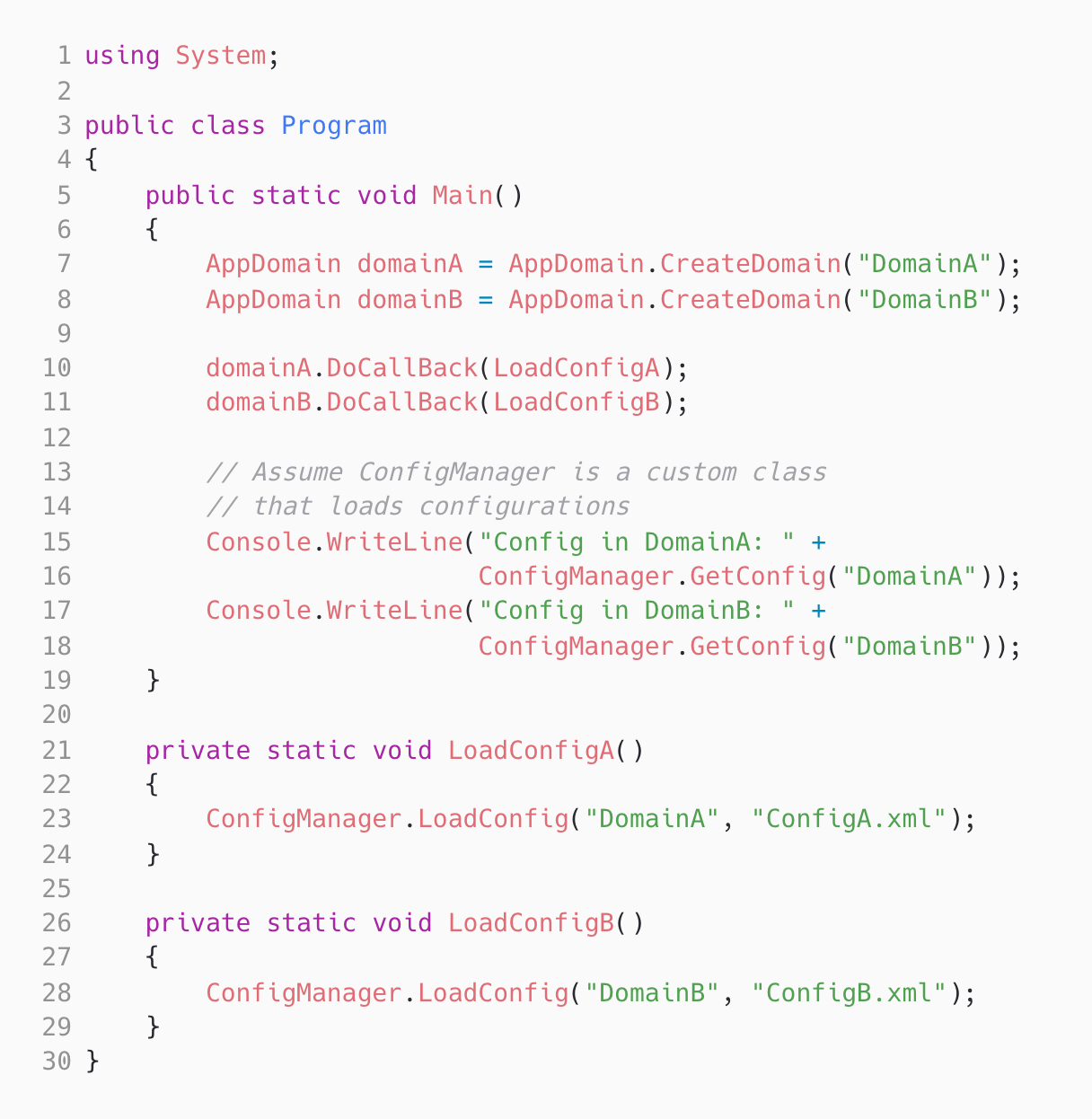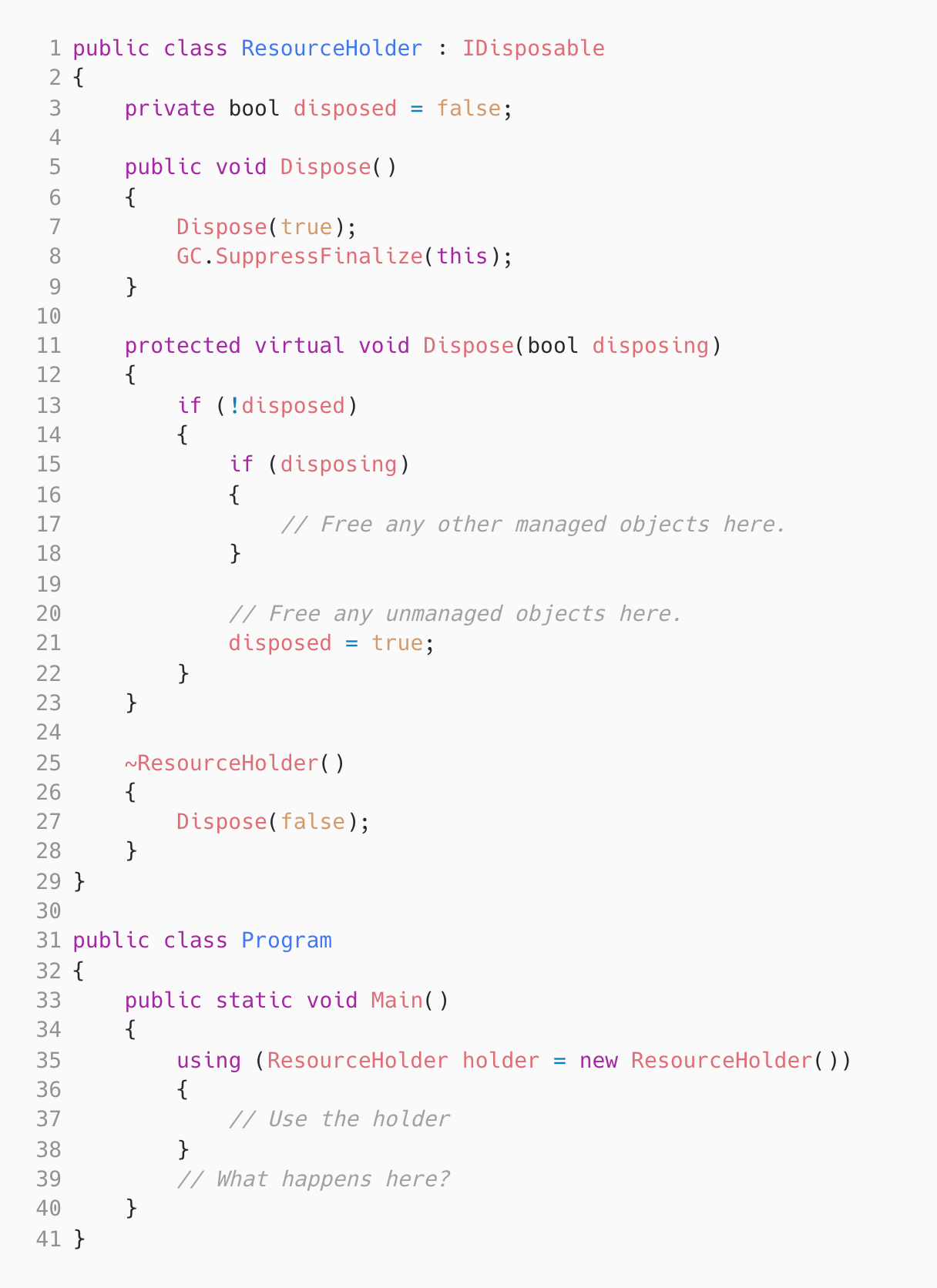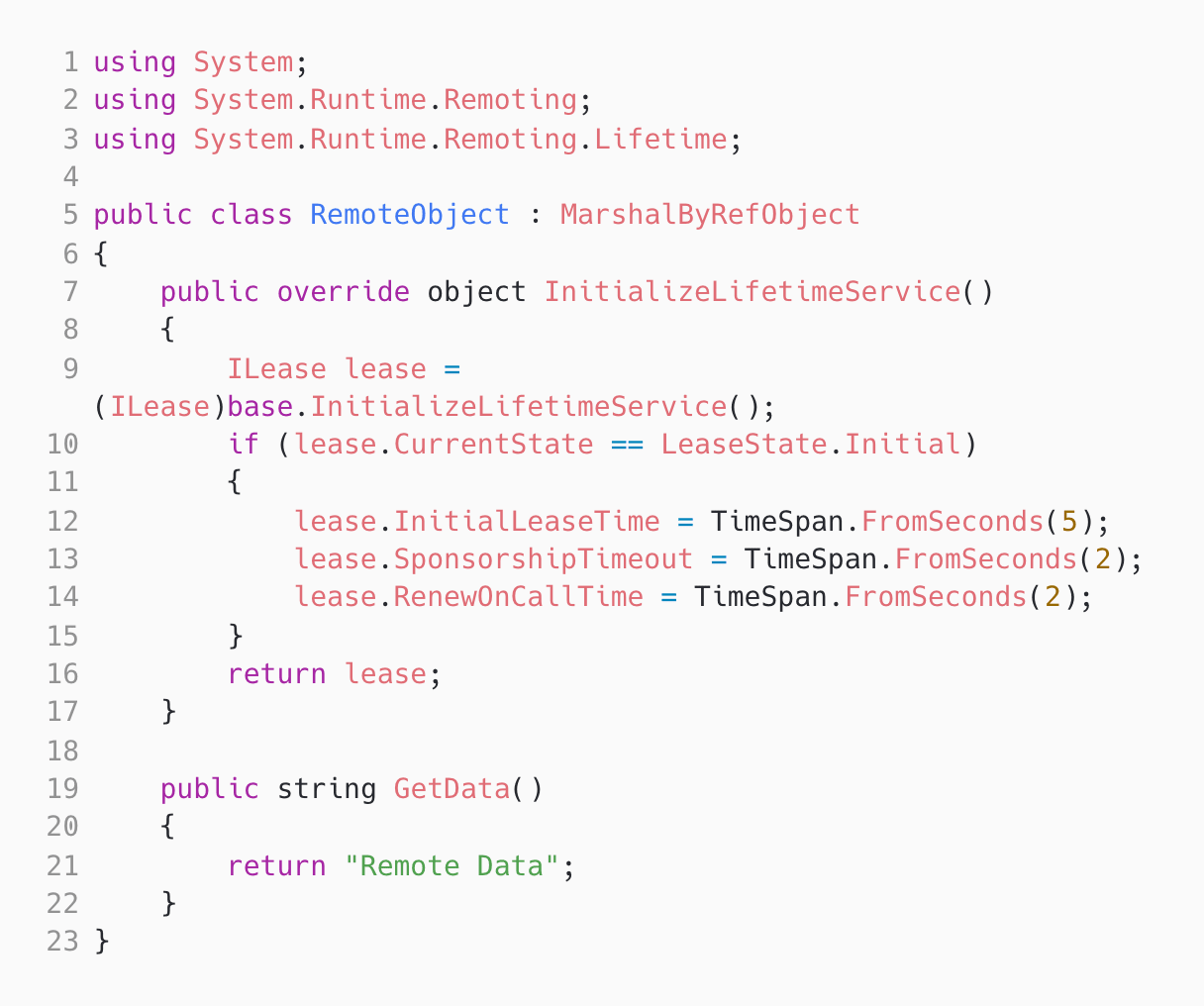ADO.NET: ADO.NET is a data access technology in the .NET framework that enables developers to interact with databases. It provides a set of classes and libraries that allow efficient and secure access to data. This skill is measured in the test to assess a candidate's proficiency in using ADO.NET for data retrieval, manipulation, and database connectivity.
Data Access: Data access refers to the process of retrieving and manipulating data from a database. It involves reading, writing, and updating data using appropriate techniques and technologies. Measuring this skill in the test helps evaluate a candidate's understanding of different data access techniques and their ability to efficiently retrieve and manage data.
Database Connectivity: Database connectivity is the ability to establish and maintain a connection between an application and a database server. It involves configuring connection settings, handling connection errors, and executing database operations. This skill is measured in the test to assess a candidate's knowledge of establishing and managing database connections using ADO.NET.
Data Manipulation: Data manipulation refers to the process of modifying or transforming data stored in a database. It involves tasks such as inserting, updating, deleting, and querying data. Measuring this skill in the test helps evaluate a candidate's ability to write efficient and accurate data manipulation queries, ensuring data integrity and reliability.
Data Binding: Data binding is the process of connecting a user interface element, such as a control or widget, to a data source for displaying, editing, and updating data. It allows for automatic synchronization of data changes between the user interface and the underlying data source. Measuring this skill in the test helps assess a candidate's understanding of data binding concepts and their ability to bind data effectively in ADO.NET applications.
Data Controls: Data controls are user interface components that provide convenient ways to display and interact with data. These controls include grids, lists, and forms, which can be bound to data sources and automatically handle data rendering, editing, and navigation. Measuring this skill in the test helps evaluate a candidate's familiarity with different data controls in ADO.NET and their ability to use them appropriately in application development.
Data Providers: Data providers are software components that enable ADO.NET to interact with specific database systems. They provide the necessary functionality and APIs to establish connections, execute queries, and retrieve and manipulate data. Measuring this skill in the test helps assess a candidate's knowledge of different data providers available in ADO.NET and their ability to work with specific databases.
Entity Framework: Entity Framework is an object-relational mapping (ORM) framework provided by Microsoft. It allows developers to work with data in the form of objects and classes, abstracting away the complexities of underlying databases. Measuring this skill in the test helps evaluate a candidate's proficiency in using Entity Framework for database operations and understanding its features and benefits.
LINQ to SQL: LINQ to SQL is a component of the .NET framework that provides a convenient way to query and manipulate relational databases using LINQ (Language-Integrated Query) syntax. It allows developers to write database queries using familiar language constructs, improving productivity and readability. Measuring this skill in the test helps assess a candidate's ability to write efficient LINQ to SQL queries and utilize the power of LINQ for data access.
ADO.NET Transactions: ADO.NET transactions are used to ensure atomicity, consistency, isolation, and durability (ACID) properties of database operations. They enable multiple database operations to be treated as a single unit of work, allowing for rollback and commit operations. Measuring this skill in the test helps evaluate a candidate's understanding of transaction management in ADO.NET and their ability to implement robust and reliable database operations.
Disconnected Data Access: Disconnected data access is a technique in ADO.NET that allows working with data in a disconnected manner, without keeping a continuous connection to the database server. It involves retrieving data into a dataset or a data table, making changes locally, and then synchronizing those changes with the database. Measuring this skill in the test helps assess a candidate's knowledge of disconnected data access techniques and their ability to work with disconnected data efficiently.
Connected Data Access: Connected data access is a technique in ADO.NET that involves establishing and maintaining a continuous connection to the database server while working with data. It allows for real-time interaction with the database, immediately reflecting changes made by the application or other users. Measuring this skill in the test helps evaluate a candidate's proficiency in connected data access, including executing queries, managing connections, and handling concurrency issues.























































